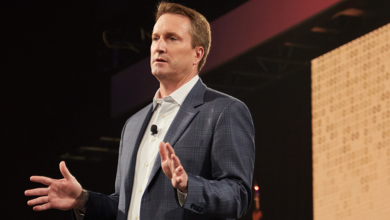How Retailers Are Coping with Rising Wages and Inflation

After navigating several years of challenges during the pandemic amid ongoing supply chain issues, many home improvement retailers are now struggling with the dual issues of rising wages and inflation.
In 1980, when the federal minimum wage was $3.10 ($9.86 in 2019 dollars), 13 percent of hourly workers earned the federal minimum wage or less. Today, only 1.9 percent of hourly workers do. The number of federal minimum wage workers has decreased from 7.7 million in 1980 to less than 1.6 million today. This is partly due to states establishing higher minimum wages than the federal level.
The federal minimum wage was established as part of the Fair Labor Standards Act in 1938. Since then, congressional amendments have periodically increased it—most recently in July 2009, when Congress set the minimum wage at $7.25 per hour. The minimum only applies in the absence of stricter state mandates. At present, 30 states and Washington, D.C. have minimum wages above $7.25, which take precedence over the federal requirement.
Fifteen states have minimum wages that equal the federal minimum requirement. Five states have no minimum wage required: Alabama, Louisiana. Mississippi, South Carolina and Tennessee. To see the list of minimum wages by state, click here.
New Profit Opportunities
Jessica Bettencourt is president of Klem’s in Massachusetts, where the minimum wage has risen annually until it is now $15 an hour. She started acting to combat rising wages several years ago. “All staff who are close to the new minimum will ask for raises. They won’t sit around and wait for minimum to catch up to them. Price changes matter, expenses matter, add-on sales matter. Once you know your hit, then you can design additional revenue/cost reductions to help control it,” she advises.
Bettencourt’s strategy has been to pay full-time employees more and have fewer part timers such as kids with their first job. She has also been more creative with adding revenue, buys more closeouts for better margin, scrutinizes all expenses, schedules employees more efficiently and works on margins by keeping up with price changes and seeking out better assortments.
Andy Wilkerson of Blackhawk Hardware in Charlotte, N.C., sees the issues of rising wages and inflation not as a negative but as an opportunity to raise profits. He posted recently on Hardlines Digest: “Setting aside the political minefield of minimum wage discussion, there is huge profit potential in readjusting your margin and having price levels. We did it a few years ago and it turbocharged profitability. We run close to 49-50 percent gross margin. One of the biggest pieces was setting up price levels. Instead of $2.29 on something move it to $2.49. We have nothing in our store that doesn’t end in .49 or .99. Also, if someone is willing to pay $13.99 for something they probably won’t think twice about paying $14.99.”







